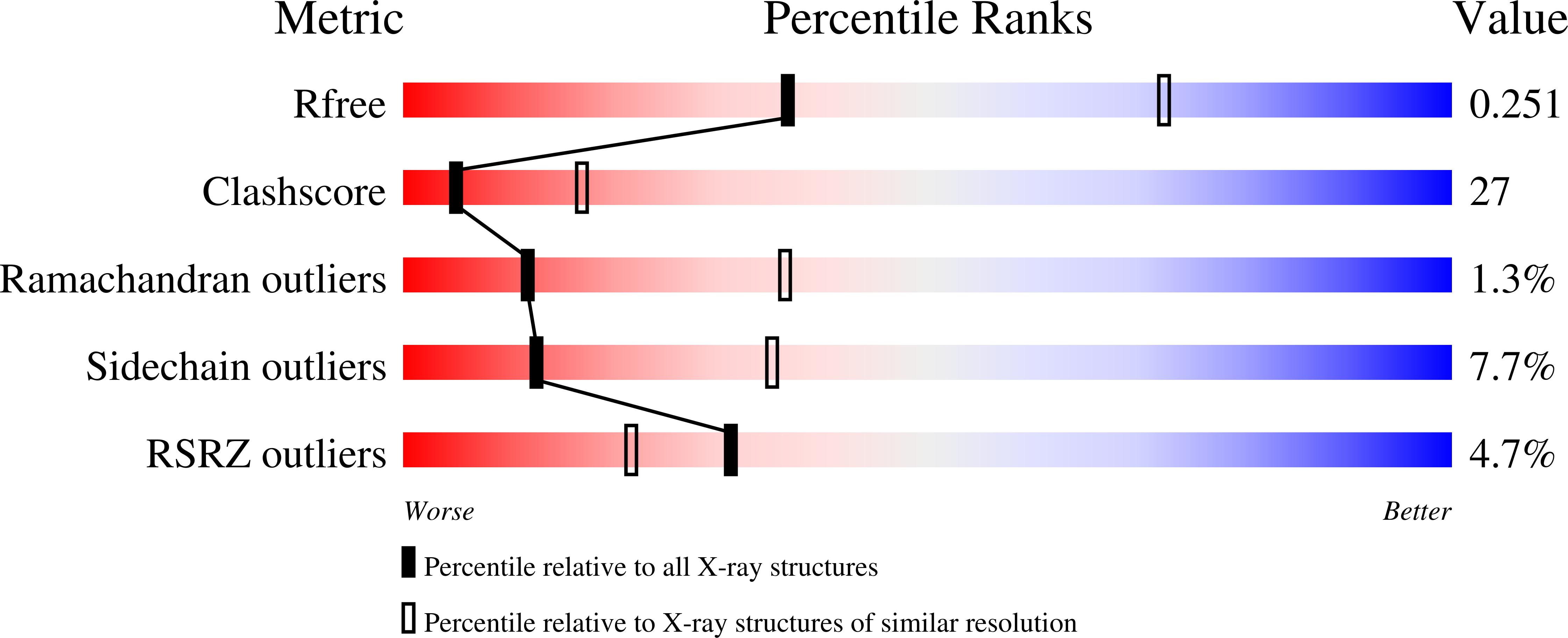
Deposition Date
2007-01-11
Release Date
2007-07-17
Last Version Date
2024-12-25
Entry Detail
PDB ID:
2OIP
Keywords:
Title:
Crystal Structure of the S290G Active Site Mutant of TS-DHFR from Cryptosporidium hominis
Biological Source:
Source Organism:
Cryptosporidium hominis (Taxon ID: 237895)
Host Organism:
Method Details:
Experimental Method:
Resolution:
2.80 Å
R-Value Free:
0.25
R-Value Work:
0.22
R-Value Observed:
0.22
Space Group:
C 1 2 1


